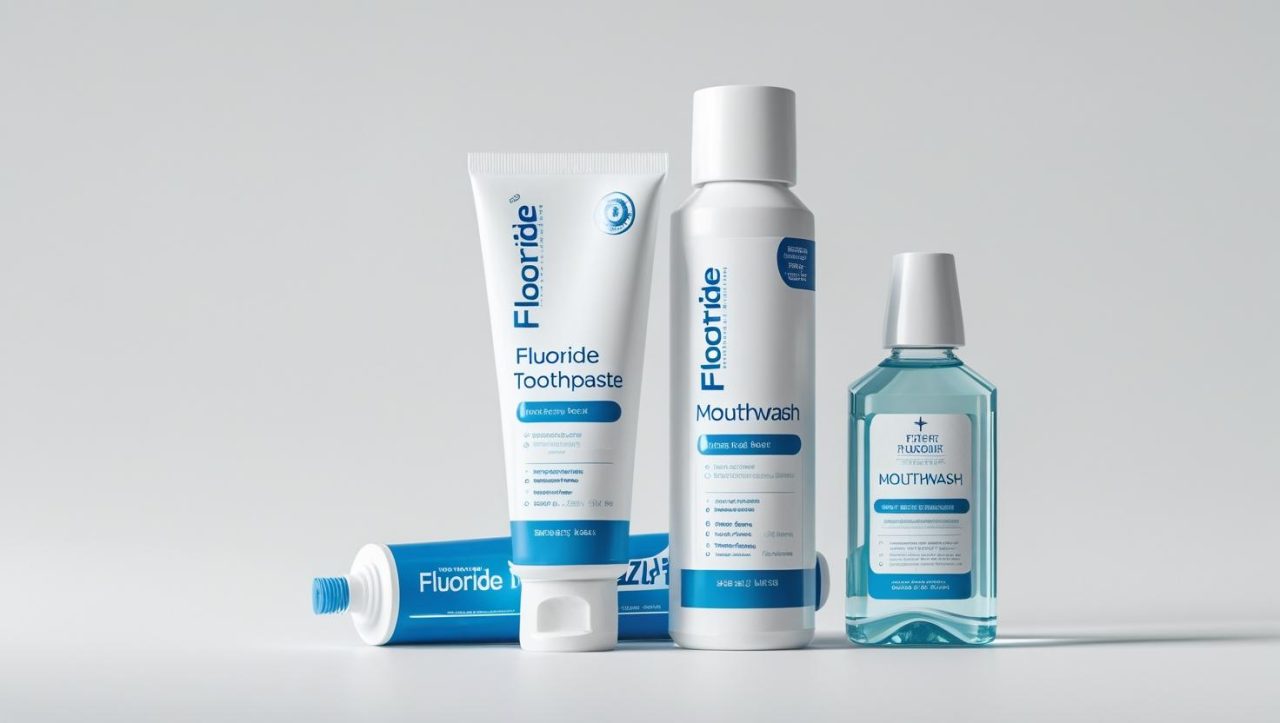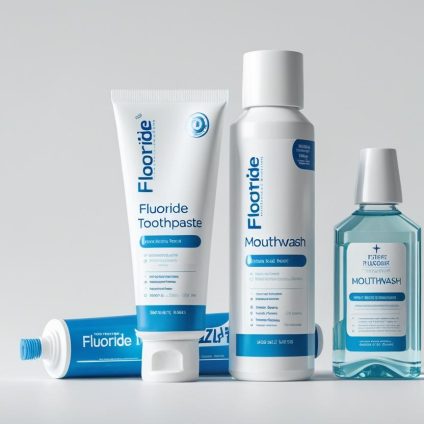The European Food Safety Authority has released updated safety thresholds for fluoride intake across all age groups. No health risk exists under current EU levels.

No health risk identified under current EU thresholds
Fluoride is found in many everyday products, including drinking water, food, table salt, and dental hygiene items.
Fluorides are the stable form of fluorine found in nature and are far less reactive and toxic than elemental fluorine.
One example is sodium fluoride, present in about 90% of toothpaste brands, used to prevent tooth decay.
It is important to note that topical use of fluoridated dental products, such as toothpaste, mouthwash, and dental floss, does not contribute significantly to systemic fluoride exposure.
Fluoride added to drinking water in some EU countries
In certain European Union member states, fluoride is added to public drinking water as a preventive health measure.
The European Food Safety Authority (EFSA) has now updated its scientific opinion on safe or tolerable fluoride intake levels across all age groups.
This revision will help the European Commission evaluate whether to adjust the current legal limit of fluoride in drinking water to better protect public health.
Overall, EFSA estimates that current fluoride concentrations in European drinking water do not lead to intake levels exceeding safety thresholds. Therefore, there is no associated health risk at present.
Potential harmful effects in children
Recent studies have suggested a possible link between fluoride ingestion and negative effects on children’s nervous system development.
At the request of the European Commission, EFSA experts examined this hypothesis in greater depth, as well as potential impacts on the thyroid, bones, and teeth.
To assess the risk, researchers reviewed over 20,000 scientific publications up to 2024, focusing on key human and animal studies.
There is some evidence of an association between fluoride and effects on fetal brain development, but it is not sufficient to establish a precise exposure threshold. As a result, EFSA recommends further research to address data gaps.
For children aged 4 to 8, the study considered fluoride concentrations in drinking water and assumed that some toothpaste may be swallowed. In this scenario, dental enamel, especially that of developing molars, could be affected. However, the risk is significantly lower if children spit out the toothpaste after brushing.
Safe levels for pregnant women and older children
EFSA has established a safe intake level of 3.3 milligrams per day for individuals over 8 years old and for pregnant women, taking into account potential effects on fetal central nervous system development.
Adverse health effects may occur when drinking water exceeds 1.5 milligrams of fluoride per liter, the current legal limit in the EU. Yet, in practice, fluoride concentrations in most European countries are well below this threshold, typically under 0.3 mg/l.
Thorhallur Halldorsson, vice-chair of the EFSA scientific panel and head of the fluoride working group, stated, “At concentrations below 1.5 mg/l, the evidence of a link is inconsistent and insufficient for drawing clear conclusions. The safe intake level also prevents other potential adverse effects on bones and the thyroid.”
Understanding tolerable intake thresholds
How are tolerable intake levels determined? Halldorsson explains, “A tolerable upper intake level is the amount below which no harmful effects are expected. A safe intake level is used when there is greater uncertainty around the upper limit, it is the maximum amount considered to pose no risk of adverse effects in the population.”
EFSA established the following tolerable upper intake levels for infants and young children:
- 1 mg/day for infants aged 0 to 12 months
- 1.6 mg/day for children aged 1 to 3 years
- 2 mg/day for children aged 4 to 8 years
These thresholds are designed to prevent dental fluorosis, a defect in tooth enamel caused by excessive fluoride intake during tooth development, and to protect against other potential health effects on bones, the thyroid, and the central nervous system in these age groups.












